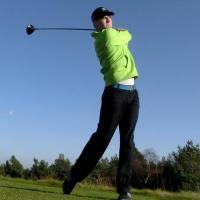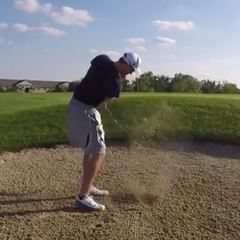IGNORED
The Stack and Tilt Golf Swing
-
Topics Being Discussed Right Now on The Sand Trap
-
- 159 replies
- 19,841 views
-
- 546 replies
- 108,528 views
-
- 6,756 replies
- 269,630 views
-
- 3,409 replies
- 335,438 views
-
"5 Minutes Daily" Practice Challenge 1 2 3 4 846
By iacas, in Instruction and Playing Tips
- 5 minutes daily
- dedication
- (and 6 more)
- 15,218 replies
- 921,778 views
-








Recommended Posts
Create an account or sign in to comment
You need to be a member in order to leave a comment
Create an account
Sign up for a new account in our community. It's easy!
Register a new accountSign in
Already have an account? Sign in here.
Sign In Now